- Home
- Blog
- Write for Us
- Travel Shop
- Type of TripsSolo Female TravelGirls Trip DestinationsAdventureBudget TravelLuxury TravelSolo Female TravelGirls Trip DestinationsAdventureBudget TravelLuxury Travel
- Resources
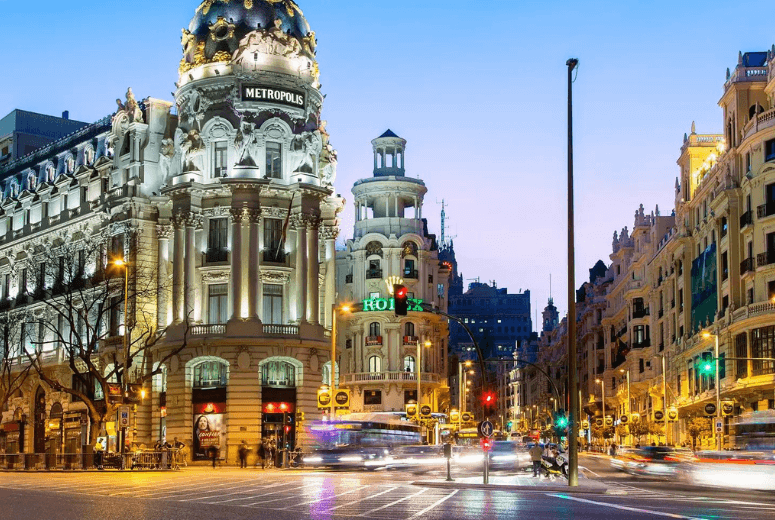
Table of Contents
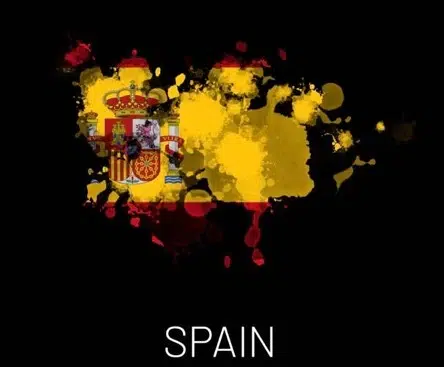
To learn of any specific COVID testing requirements to enter another country, I always check US Embassy’s website for each location: www.Travel.state.gov
COVID testing is no longer a requirement to enter, but the vaccination or some other proof of your status remains in effect. You will have to attest to your status before you check-in. You will need to present the UPC to the agent at the airport when checking in.
There is one major international airport and three other regional/local airports as well that could be an option if traveling domestically
*International Airport: Madrid International Adolfo Suárez Madrid–Barajas Airport (MAD)
*Regional/local airports: Salamanca, Valladolid, or Albacete
Other options could include flying into Barcelona (north Spain) or Mallorca (off the coast of Spain) and then taking a hopper flight into Madrid. What I am suggesting Madrid travel guide is to not limit your options to only the airport in the main area as you may be able to fly into another location cheaper than MAD and hop on over from there.
If you are traveling throughout Europe and find that a train trip is a way to go, you can travel easily around Europe by rail. This is a long haul train that takes you around Europe, but when you arrive in the city, there is a metro rail that will take you around the city itself.
This is a bit like Uber/Lyft, but it’s a ride-sharing service where individuals are able to post that they are taking a trip from one place to another and see if they’d like to ride along for a fee. It looks to be a little more expensive than the train but driving with a local can have its benefits.
To use this service, you would need to sign up for an account and create a profile. https://www.blablacar.co.uk All drivers and riders must get verified with an ID, and reviews are provided to help facilitate the safety of individuals using the app. From what I’ve seen, it’s best to book your trip a day or two in advance.
Electrical adapters
Totally forgot about the plugs. The plugs are round, and when I arrived, thankfully, I got here early enough in the day to go out and be able to explore the area to find them. I purchased two for around $4. You can locate them in the little bazaar stores or electronics shops around. I tried the grocery stores and convenience stores, but it was not something they carried there. If you’re reading this and you haven’t left the States yet, Amazon can be your friend.

Around $11 for 10 adapters (this will cover your laptop, phone, flat iron, etc.), or you can buy a multi or universal that will cover multiple countries around the word. I’d recommend buying several of them in case you forget them in the hotel, or you don’t want to keep changing them out for each device. These do not change voltage, but rather, just change how the prongs fit into the wall.
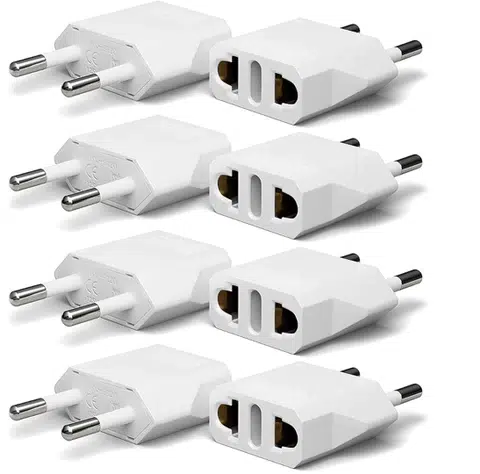
Just when you think your Spanish is “good enough” to get around, you visit Spain where they speak not only Spanish but Catalan and Galician. Let’s just say, I found myself at a loss when trying to read the menu and thought I was going crazy. While there are similarities, my high school Spanish wasn’t going to cut it.
In this digital age, translation apps are invaluable tools for travelers. Apps like Google Translate can help bridge the language barrier, allowing you to communicate with locals and understand signs, menus, and more. Download offline language packs to use them even without an internet connection.
English is commonly spoken in popular tourist areas, hotels, restaurants, and attractions. You’ll find that many locals in these areas can communicate in English to some degree, making it easier to ask for directions or assistance.4
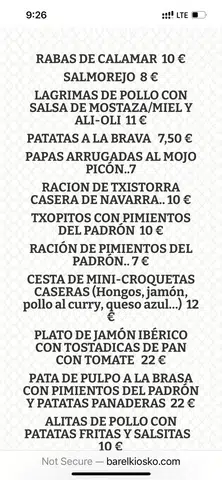
The summer months in Spain are very hot (90+ degrees)-whichever weather channel gave an average of fewer than 80 degrees can kiss my —-. Air conditioning isn’t exactly the norm here either. Of course, if you’re staying in your traditional resort-like hotels, this will not be an issue, but if you’re traveling on a budget, it may be a bit more complicated to find. It’s a dry heat, so that’s a bit of a reprieve. It rains very little this time of year as well. So, take a look at the temps below, add about 10 degrees, see what you’re comfortable with, and plan accordingly. The evenings are gorgeous, you purely have to determine how to work around the heat of the rest of the day.
Madrid’s summer months can be scorching, with temperatures often soaring above 90 degrees Fahrenheit. To make the most of your trip during the hot summer season, here are some tips on what to wear and how to stay cool:
1. Clothing Choices:
2. Footwear:
3. Hydration:

One of the greatest things about visiting Spain is that there is a lot of daylight. Sunrise happens around 6:30-7 a.m. and it gets dark around 10 p.m. You have a really full day to get a lot done!
A complication I have found, based on my US eating schedule, is that Spain is not even close to being the same. The mealtimes appear to work with the extended daylight and temperatures. The reason this is important is that when our bellies get hungry, we may not find a restaurant that is actually open. They tend to shut down their restaurants until around 2 p.m., open up for lunch from 2-4 p.m., and shut down again until around 9 p.m. You can find various snack bars and other more touristy places open to eat, but a majority of locations will follow these mealtimes.
As with the American culture, tipping is more or less expected with any form of a sit-down meal. In Spain, this is not the case. The servers will bring the ticket and close you out right at the table. There is no place on the bill to tip, so if you do, it would be in cash. If you are at a fancy meal you could choose to tip up to 10%, but it is not common.
Madrid, the capital and largest city of Spain, is a vibrant and cultural destination with a rich history, art scene, and lively atmosphere.
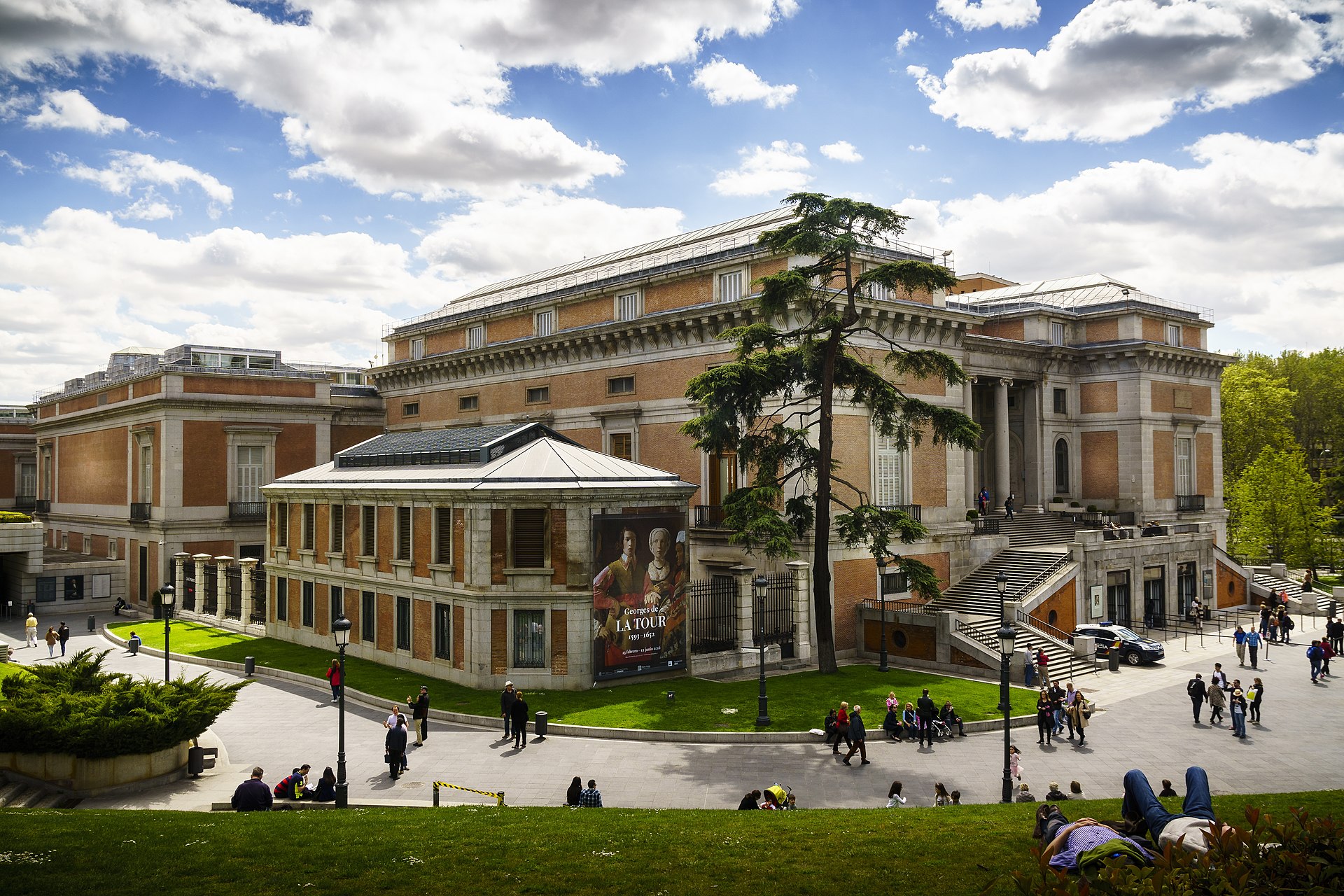
Prado Museum: Get ready to have your mind blown by some seriously fancy art at the Prado Museum. They’ve got an extensive collection of European art, starring big-shot artists like Goya, Velázquez, and El Greco. So put on your best cultured face and prepare to pretend you understand what all those paintings are trying to say.
Royal Palace: The Royal Palace is not only known for its stunning architecture, but also for its beautiful gardens. So channel your inner queen, stroll through the palace like you own the place, and maybe even curtsy to yourself in a mirror.
Puerta del Sol: Want to be where the action is? Then head to Puerta del Sol, the central square of Madrid, where every cool kid in town hangs out. It’s buzzing with activity and it’s also home to the iconic symbol of Madrid—an artsy bear hanging out with a strawberry tree. Who knew bears had such sophisticated taste in trees? But really, this square is the heart and soul of Madrid, so plop yourself down, soak up the energy, and enjoy the people-watching.
Plaza Mayor: Time for a history lesson at Plaza Mayor, folks! This historic square is like a living time capsule, surrounded by colorful buildings that have stood the test of time. Oh, and did we mention there are also restaurants and shops tucked away in its corners?
Retiro Park: Retiro Park is your oasis of calm and beauty. This vast park is the perfect place to kick back, relax, and let all your cares fade away. You can even rent a boat and row around the lake, because why not feel like a proper little adventurer? And don’t forget to visit the Crystal Palace, a stunning glass structure that will make you feel like you’ve stumbled into a fairy tale.

Gran Vía: Get your shopping fix and soak up some architectural beauty on Madrid’s main shopping street, Gran Vía. This lively street is not just about fancy boutiques and big brands, oh no. It’s also home to some seriously impressive theaters and architectural landmarks that will make you feel like you’re strutting down the runway of architectural glory.
Puerta de Alcalá: Puerta de Alcalá is a real showstopper, standing tall and proud in the middle of Madrid. It’s like the Beyoncé of arches, commanding attention and making everything around it look extra fabulous.
Plaza de Cibeles: This place has got it all: a stunning fountain that’ll make you feel like you’re in a fairy tale, and important buildings like the Bank of Spain and City Hall, just casually hanging out. It’s like a power lunch meeting for architecture and all the cool kids in town.
Mercado San Miguel: . This historic market is not just your average grocery shopping expedition – it’s a gourmet adventure waiting to happen. With a variety of Spanish tapas to choose from and fresh produce that’s practically begging you to devour it, this place is a foodie’s paradise. So loosen your belt, embrace your inner tapas connoisseur, and get ready to savor every tantalizing bite.
Chocolatería San Ginés: Head on over to Chocolatería San Ginés and prepare for a taste sensation that’s so sinfully good, it should probably be illegal. Picture this: crispy, golden churros paired with rich, velvety chocolate for the ultimate indulgence. It’s like a sweet symphony in your mouth, and you’ll be conducting the deliciousness with every bite.
Botín: Then make a reservation at Botín, the oldest restaurant in the world. This place is so legendary that it’s practically become a pilgrimage site for food enthusiasts. And what’s all the fuss about, you ask? Well, it’s all about the roast suckling pig, my friend. Botín has perfected the art of roasting piggy to crispy, mouthwatering perfection, making it an experience you won’t soon forget.

So, you’ve conquered the daytime sights of Madrid, and now it’s time to take on the city’s legendary nightlife. And let me tell you, Madrid knows how to party! We’re talking about neighborhoods that are practically pulsating with energy, where the night is young, and the beats are fresh.
If you’re in the mood for a night out that’s as hipster as your vintage camera collection, then Malasaña is your jam. This bohemian neighborhood has become the go-to spot for artsy types and music lovers in Madrid. As the sun sets, the streets of Malasaña transform into a vibrant tapestry of hip bars, intimate live music venues, and funky cocktail joints where you can dance like nobody’s watching.
Put on your fiercest outfit and get ready to strut your stuff in Chueca, the beating heart of Madrid’s LGBTQ+ scene. This vibrant neighborhood is all about embracing your fabulousness and celebrating love in all its forms. From colorful drag shows to extravagant rooftop parties, Chueca has something for everyone, regardless of their orientation.
And speaking of owning the night, no visit to Madrid’s nightlife scene would be complete without a pilgrimage to the one and only Kapital. This mega club is practically a religion in Madrid, with its seven floors of different music and atmospheres. Want to dance to some banging EDM beats? Head to the Main Room. Looking for a more intimate vibe? The Top Floor has got you covered.
The water here is safe to drink from the tap. Enough said.
Overall, visiting Spain is an amazing experience. I hope this Madrid travel guide helps a lot for everyone. If you’d like to see other areas and take in the Running of the Bulls, definitely check this out–and no matter what, Travel Till You Drop!


Hi, Jill Here
Hi! I’m Jill, a Dallas, Texas girl traveling the world. After a career in the Air Force and touring over 50 countries later, my need to explore keeps going! It’s time to rock & roll and find all those places I never knew I was missing.
Table of Contents
Join me to get exclusive travel tips, giveaways and more!
Gallery
Copyright © 2023 | All Right Reserved